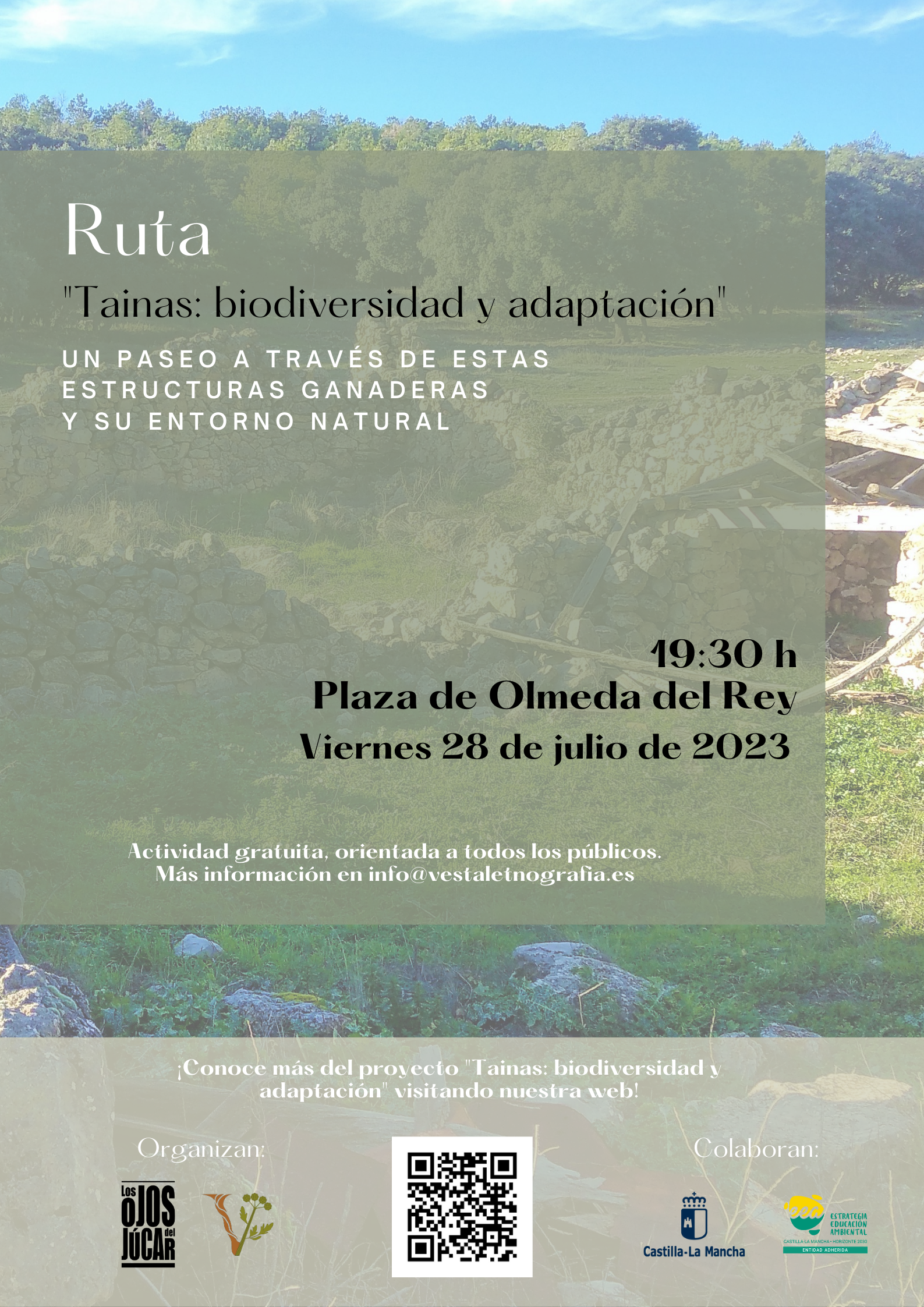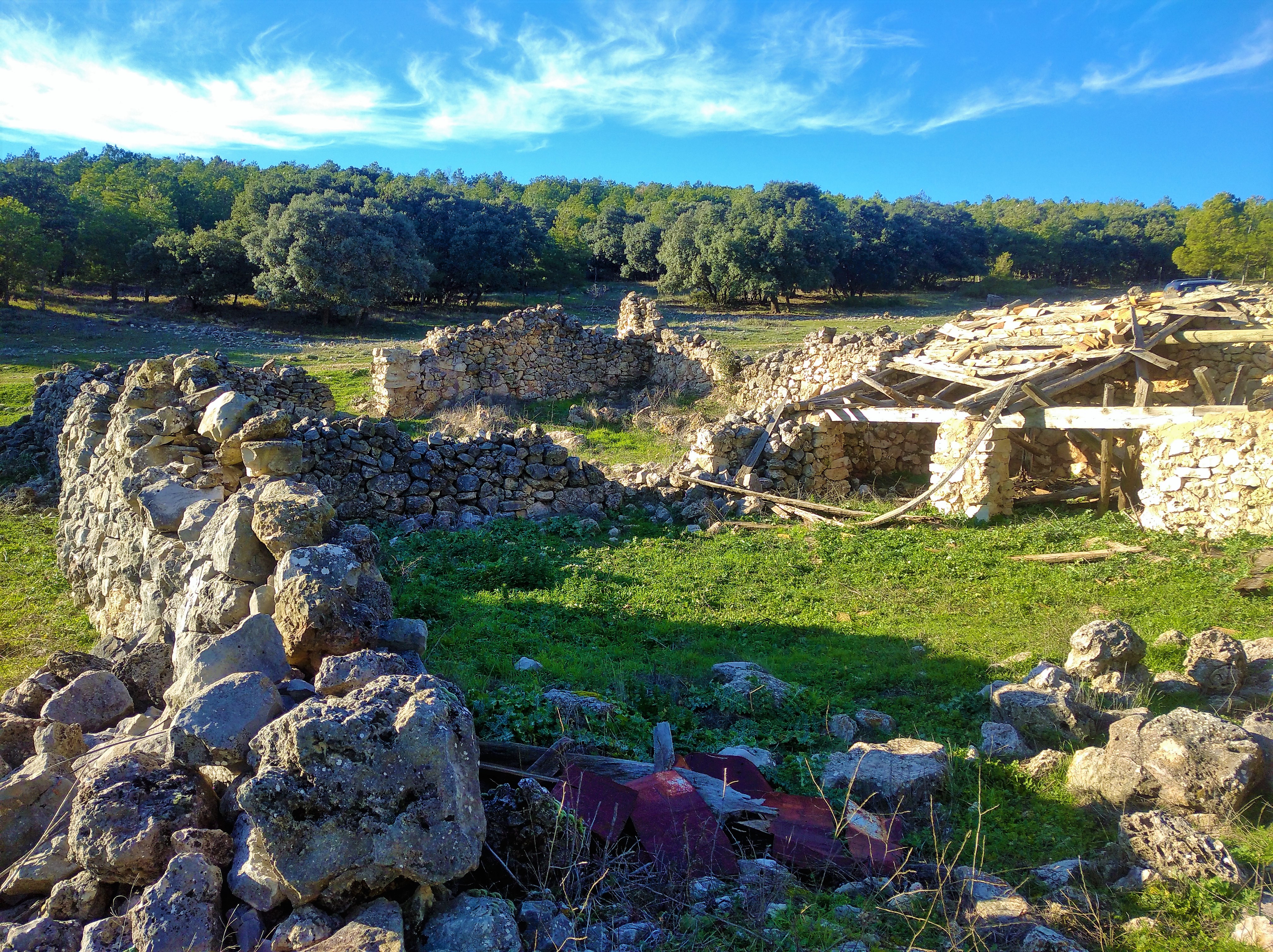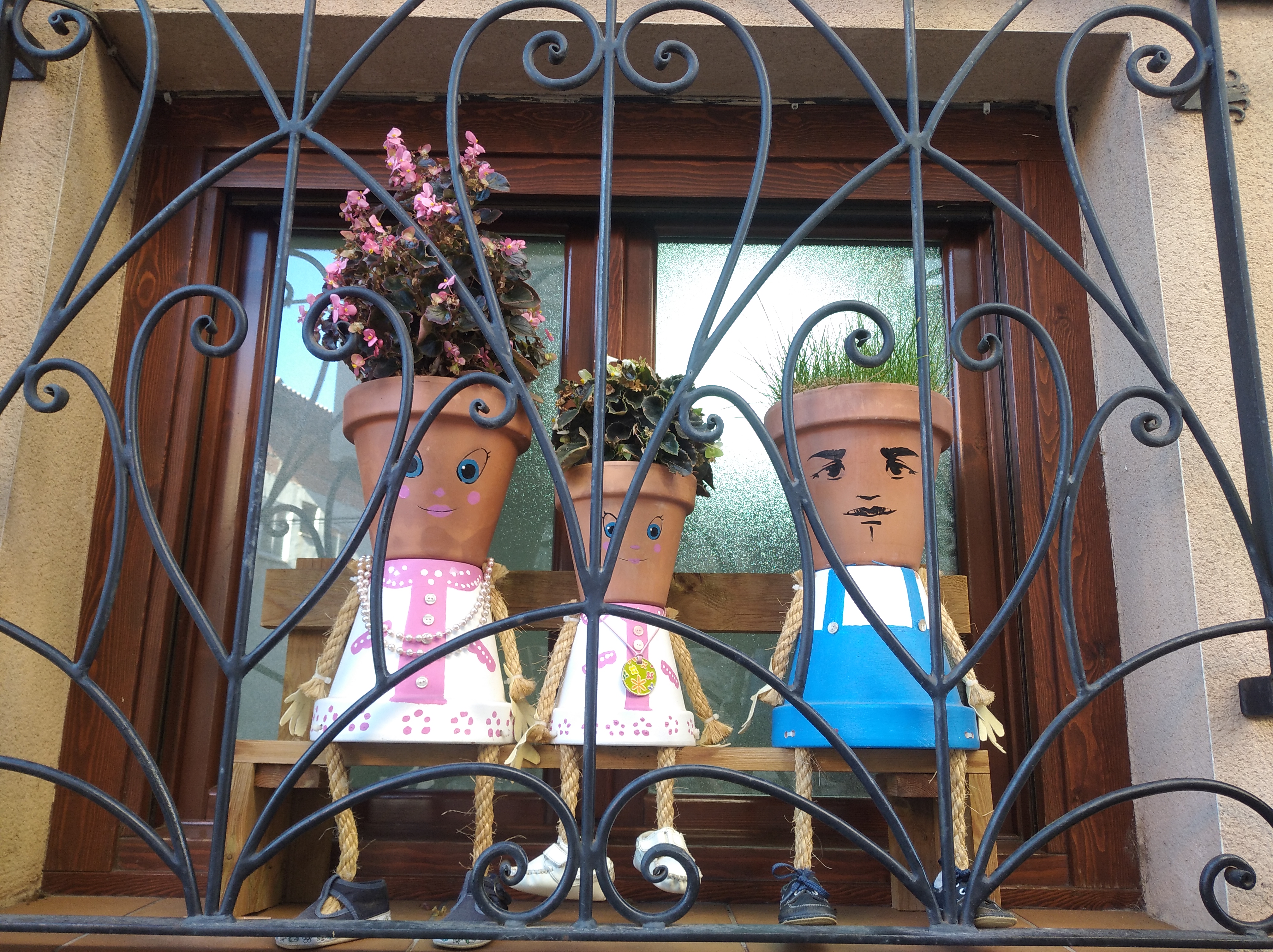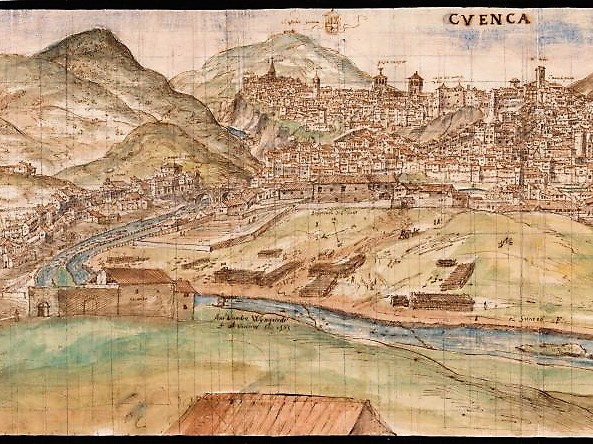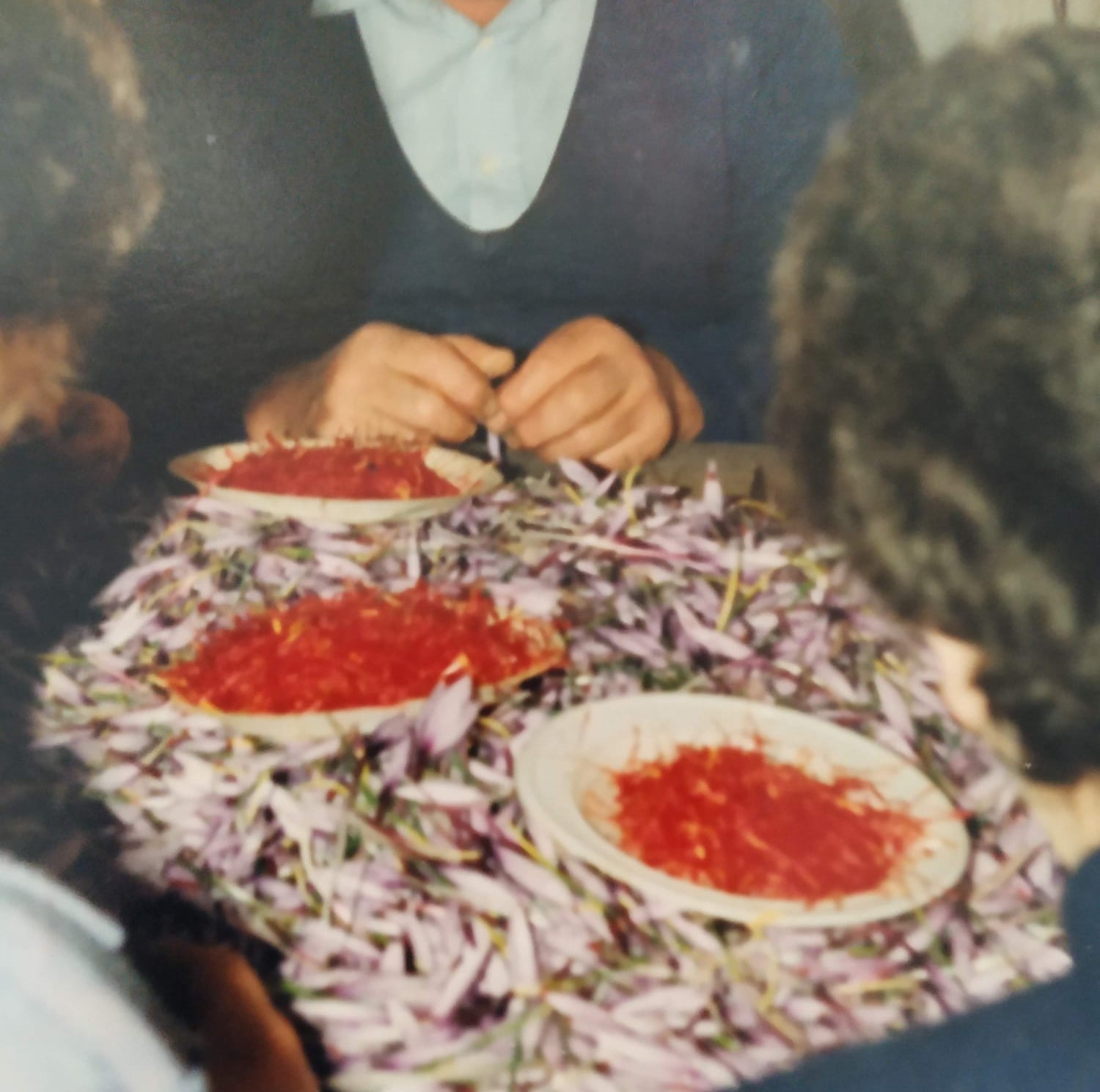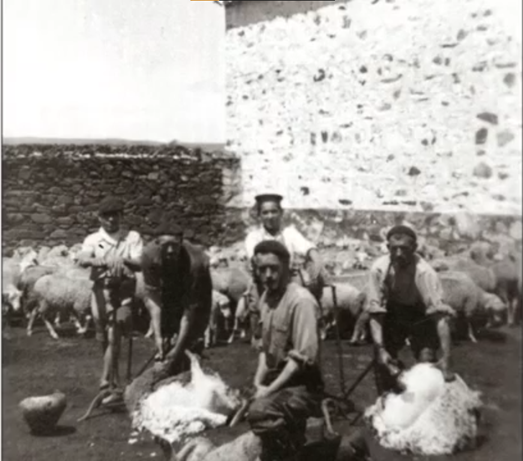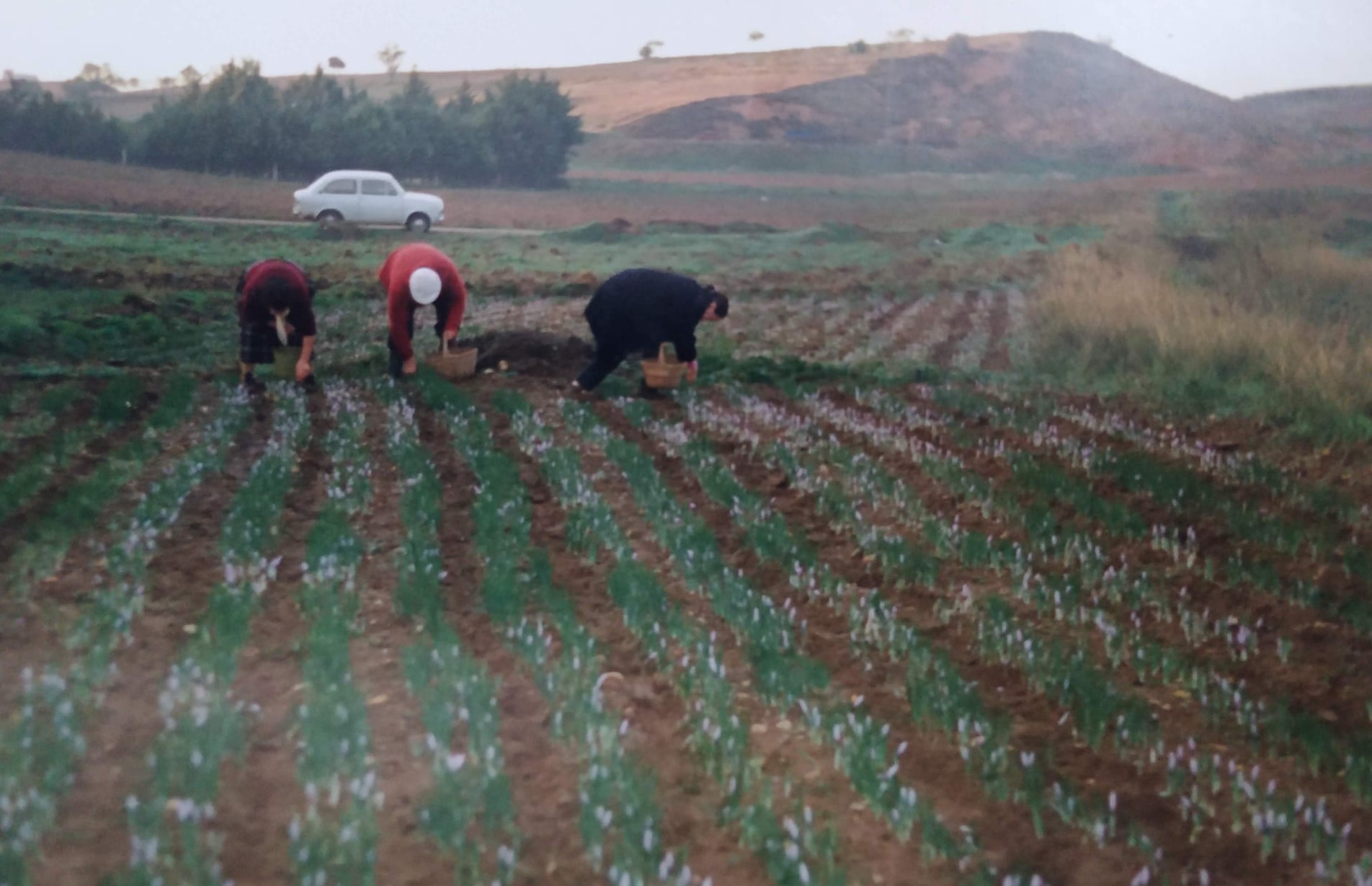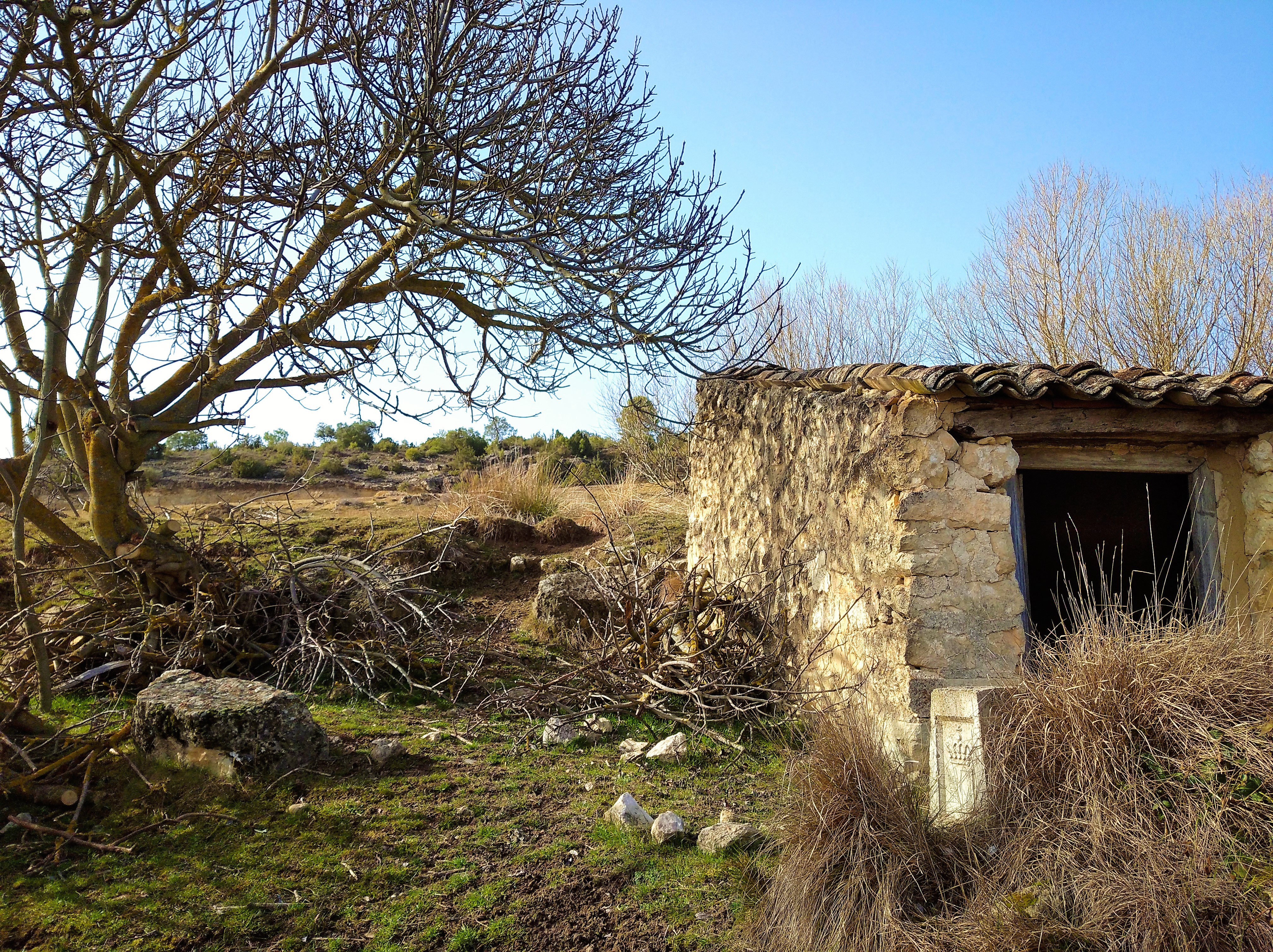Regaining a sense of belonging
Memory of Land
Rescue of the traditional ecological knowledge in a depopulated area in Europe through digital tools
Design and creation of content in order to safeguard the traditional ecological knowledge (TEK) of a depopulated area in the centre of Spain. This ancestral wisdom has connected people and its environment through centuries and now is quickly getting extinct. Hence, this proyect protect this sociocultural and natural heritage as a need to save the identity of these villages and opportunity to develop good practices in order to deal with climate change. And especially, a tribute to these people
Spain
Regional
Depopulated rural ares, mainly in the centre of Spain (Castilla - La Mancha)
Mainly rural
It refers to other types of transformations (soft investment)
Yes
2025-01-31
No
No
No
As a representative of an organisation
“Memory of the land” seeks to recover ancestral knowledge at risk of disappearance, as well as put this ethnographic heritage at the service of the population in an attractive way, promoting cultural ecosystem services in rural areas and serving as a foundation for rural tourism and repopulation.
The project has used modern and digital tools to raise awareness, sensitize and make known the knowledge that has linked human beings to nature, by using citizen science to obtain this knowledge.
There have been three main target groups. First, the small town councils of the towns, who do not have the means or personnel to be able to request, process and execute certain aid and subsidies. On the other hand, the people of these towns who must be aware about their heritage and traditional knowledge in order to safeguard their local identity. And finally, those who are yet to arrive, both new residents and tourist visitors, serving as a foundation of territorial culture.
The objectives have been adapted to the reality and cultural heritage of each place. Themes related to grazing, transhumance, wood, popular dances, gastronomy and toponymy have been worked on.
Everything has been reflected in a series of numerous and diverse products. On the one hand, an editorial series that develops articles and is reflected in a national magazine “Los Ojos de la Tierra”. On the other hand, an audiovisual work through interviews and reports with the most relevant people and agents. And finally, the design of an audio-guided route with the aim of boosting tourism in the municipality and the surroundings.
The goal of “Memory of the Land” is to win the battle against rural depopulation in the towns of Empty Spain and save the traditional ecological knowledge which are at risk of disappearance. Therefore, to serve as a dynamic tool for the recovery of heritage and promoting cultural tourism and sustainable life models adapted to the local environment.
The project has used modern and digital tools to raise awareness, sensitize and make known the knowledge that has linked human beings to nature, by using citizen science to obtain this knowledge.
There have been three main target groups. First, the small town councils of the towns, who do not have the means or personnel to be able to request, process and execute certain aid and subsidies. On the other hand, the people of these towns who must be aware about their heritage and traditional knowledge in order to safeguard their local identity. And finally, those who are yet to arrive, both new residents and tourist visitors, serving as a foundation of territorial culture.
The objectives have been adapted to the reality and cultural heritage of each place. Themes related to grazing, transhumance, wood, popular dances, gastronomy and toponymy have been worked on.
Everything has been reflected in a series of numerous and diverse products. On the one hand, an editorial series that develops articles and is reflected in a national magazine “Los Ojos de la Tierra”. On the other hand, an audiovisual work through interviews and reports with the most relevant people and agents. And finally, the design of an audio-guided route with the aim of boosting tourism in the municipality and the surroundings.
The goal of “Memory of the Land” is to win the battle against rural depopulation in the towns of Empty Spain and save the traditional ecological knowledge which are at risk of disappearance. Therefore, to serve as a dynamic tool for the recovery of heritage and promoting cultural tourism and sustainable life models adapted to the local environment.
Traditional Ecological Knowledge
Intangible Cultural Heritage
Territorial Identity
Intergenerational transmission
Digital tools
The project, based on the study of primary and secondary sources, as well as the creation of especially digital content, does not require the use of practices or materials that are harmful to the environment.
In fact, the results obtained, which arise from the immediate environment and the knowledge of the inhabitants on the ground, provide sustainable practices and new opportunities to fight against climate change.
In the case of the municipalities that have had the audio-guided route, the signs and beacons have been made by a company from Cuenca and made with wood from the Serranía de Cuenca.
Therefore, it is a project that guarantees sustainability and that takes advantage of its tools to develop good and new practices.
In fact, the results obtained, which arise from the immediate environment and the knowledge of the inhabitants on the ground, provide sustainable practices and new opportunities to fight against climate change.
In the case of the municipalities that have had the audio-guided route, the signs and beacons have been made by a company from Cuenca and made with wood from the Serranía de Cuenca.
Therefore, it is a project that guarantees sustainability and that takes advantage of its tools to develop good and new practices.
The project aims to save the memory of these places in an attractive and modern way, by using different digital tools and creative designs.
To this end, all products developed and made from the previous study on traditional knowledge and practices have an attractive and personalized design and aesthetic for each project.
For this reason, each route, each magazine, each interview or each documentary has a different format and aesthetic.
This means that the inhabitants of the place, as well as potential tourists, perceive the cultural benefits of carrying out a personalized project based on its people and landscapes.
To this end, all products developed and made from the previous study on traditional knowledge and practices have an attractive and personalized design and aesthetic for each project.
For this reason, each route, each magazine, each interview or each documentary has a different format and aesthetic.
This means that the inhabitants of the place, as well as potential tourists, perceive the cultural benefits of carrying out a personalized project based on its people and landscapes.
This is an absolutely intergenerational, horizontal project with a gender perspective. Moving away from academic and elitist spaces, popular culture is one of the foundations of culture itself and what has united us with nature and its natural processes.
One of the main issues for which this project was born is to safeguard the knowledge of our elderly people. It is this generation that treasures the knowledge and memories of a way of life linked to the environment and natural processes.
To this, the role of women as guardians of unique knowledge is added and vindicated. Many practices and activities were only carried out by her.
All this cultural heritage must be protected and also be able to be transmitted to present and subsequent generations. Therefore, this project defends and vindicates intergenerationality, social horizontality and the gender perspective.
One of the main issues for which this project was born is to safeguard the knowledge of our elderly people. It is this generation that treasures the knowledge and memories of a way of life linked to the environment and natural processes.
To this, the role of women as guardians of unique knowledge is added and vindicated. Many practices and activities were only carried out by her.
All this cultural heritage must be protected and also be able to be transmitted to present and subsequent generations. Therefore, this project defends and vindicates intergenerationality, social horizontality and the gender perspective.
People have been the main ones of the project. Your voice and your wisdom are what characterize and define your objectives. Therefore, after carrying out a bibliographic study to historically and geographically frame the municipality of study, it is the men and women of these towns who will transmit this knowledge. Therefore, our work is based on deep audiovisual work.
We have sought to ensure maximum equality between men and women in the participation of the project. A fact that has sometimes not been possible due to the small population.
Finally, all this knowledge is delivered in an open, enjoyable and accessible way to the entire population. Directly to the inhabitants of these municipalities with the aim of understanding their surroundings and, indirectly, to potential visitors and inhabitants of this place.
We have sought to ensure maximum equality between men and women in the participation of the project. A fact that has sometimes not been possible due to the small population.
Finally, all this knowledge is delivered in an open, enjoyable and accessible way to the entire population. Directly to the inhabitants of these municipalities with the aim of understanding their surroundings and, indirectly, to potential visitors and inhabitants of this place.
The concept has been financed through different projects. Different institutions have participated in them from local to national level. The town councils, at the local level, have been participants in each of these projects. Depending on one or the other, it has been the regional and national institutions that have been involved.
All of them have been executed with aid and subsidies from these levels.
All of them have been executed with aid and subsidies from these levels.
The project is related to various disciplines. Its main field is ethnography which is based to the greatest extent on a study of primary and secondary sources. While secondary sources involve a historical and socioeconomic study of the study area through academic studies, historical documents or other types of publications, it is the primary sources that provide unique and irreplaceable value to the project. Here, the scientific character entails human and sociological work.
When the information has been collected, organized and structured, a new stage of the project begins. The design and preparation of audiovisual material is associated with technical and digital knowledge through which the content is attractive and sensitizing. Added to all this is the work of disseminating and transmitting this knowledge collected through different media and social networks, both internal and others, such as the national magazine Los Ojos de la Tierra, and local radio programs. Finally, the presentation of these projects at national events such as the Culture and Ruralities Forum promoted by the Ministry of Culture.
When the information has been collected, organized and structured, a new stage of the project begins. The design and preparation of audiovisual material is associated with technical and digital knowledge through which the content is attractive and sensitizing. Added to all this is the work of disseminating and transmitting this knowledge collected through different media and social networks, both internal and others, such as the national magazine Los Ojos de la Tierra, and local radio programs. Finally, the presentation of these projects at national events such as the Culture and Ruralities Forum promoted by the Ministry of Culture.
The innovative nature of the project lies in linking the traditional ecological knowledge of the territory and treasured by older generations and transmitting it to new generations through new digital and tourist tools.
Added to this is that the information obtained is materialized and expressed in various forms: articles, interviews, magazines, documentaries, audio-guided routes, posters or brochures.
Varied and attractive products with which to save this traditional ecological knowledge that has been linked to the territory. And especially, a new way to dignify the memory of its people.
Added to this is that the information obtained is materialized and expressed in various forms: articles, interviews, magazines, documentaries, audio-guided routes, posters or brochures.
Varied and attractive products with which to save this traditional ecological knowledge that has been linked to the territory. And especially, a new way to dignify the memory of its people.
The project is carried out with a methodology that fuses scientific as well as artistic techniques. All from a human and close character. The first step is a study of primary and secondary sources.
The collection of information has been developed through intergenerational participatory processes. Being in close contact with the people and agents of the study area, those people or initiatives with the greatest relevance within the local community have been selected. In most cases, these have been people over the age of 70 and who have developed jobs or accumulated knowledge that today is at risk of disappearance.
When the information has been collected, organized and structured, a new stage of the project begins. The design and preparation of audiovisual material is associated with technical and digital knowledge through which the content is attractive and sensitizing. Finally, work is carried out to disseminate and transmit this knowledge collected through different media and social networks, both internal and others, such as the national magazine Los Ojos de la Tierra, local radio programs.
When possible they have also been presented in different spaces such as the Culture and Ruralities Forum promoted by the Ministry of Culture.
The collection of information has been developed through intergenerational participatory processes. Being in close contact with the people and agents of the study area, those people or initiatives with the greatest relevance within the local community have been selected. In most cases, these have been people over the age of 70 and who have developed jobs or accumulated knowledge that today is at risk of disappearance.
When the information has been collected, organized and structured, a new stage of the project begins. The design and preparation of audiovisual material is associated with technical and digital knowledge through which the content is attractive and sensitizing. Finally, work is carried out to disseminate and transmit this knowledge collected through different media and social networks, both internal and others, such as the national magazine Los Ojos de la Tierra, local radio programs.
When possible they have also been presented in different spaces such as the Culture and Ruralities Forum promoted by the Ministry of Culture.
The project is fully replicable and transferable. This is due to a solid work methodology and a well-established product line. Furthermore, the idiosyncrasy of each place and each territory makes each project become a unique and unrepeatable work.
With all this, a path to follow is drawn. The results obtained propose a series of adaptive solutions to climate change. Understanding local changes means understanding global change.
Only one problem is coming, the generation that safeguards and treasures this knowledge is, in most cases, aged. This represents a serious risk, especially for obtaining reliable and objective information from primary sources.
With all this, a path to follow is drawn. The results obtained propose a series of adaptive solutions to climate change. Understanding local changes means understanding global change.
Only one problem is coming, the generation that safeguards and treasures this knowledge is, in most cases, aged. This represents a serious risk, especially for obtaining reliable and objective information from primary sources.
The project represents in its entirety how small local changes can represent a great advance in global change. Knowing, understanding and respecting the natural resources of the immediate environment is the first step to being able to face global change.
For this reason, traditional ecological knowledge is a tool to create and develop new good practices, as well as a weapon to raise awareness among new generations of the threats and dangers that come with disconnecting from natural processes and their resources. Humble and small territories where the vast greatness of the universe is reflected.
The work has been based and developed from intergenerational participatory processes. Hence, it is a service for the local community with the aim of saving its memory, dignifying its people and granting an identity that was at high risk of disappearance.
For this reason, traditional ecological knowledge is a tool to create and develop new good practices, as well as a weapon to raise awareness among new generations of the threats and dangers that come with disconnecting from natural processes and their resources. Humble and small territories where the vast greatness of the universe is reflected.
The work has been based and developed from intergenerational participatory processes. Hence, it is a service for the local community with the aim of saving its memory, dignifying its people and granting an identity that was at high risk of disappearance.
The results obtained from the project are materialized in different formats in order to reach a larger part of society.
For this reason, they have been captured and disseminated through articles that have been published in the national magazine "Los ojos de la tierra" as well as in the biweekly local radio program of Cadena Ser also called "La memoria de la tierra". On the other hand, a YouTube channel has been created where all the interviews and documentaries made have been posted.
And finally, the audio-guided routes are an entertaining and informative cultural offer to learn about the environment, landscape and cultural heritage of these places.
In this way, the traditional knowledge and practices of these study areas are protected and accessible for future generations.
The environment is understood and the territorial identity of these spaces is safeguarded. In addition to being a tribute to the many generations that have lived there.
For this reason, they have been captured and disseminated through articles that have been published in the national magazine "Los ojos de la tierra" as well as in the biweekly local radio program of Cadena Ser also called "La memoria de la tierra". On the other hand, a YouTube channel has been created where all the interviews and documentaries made have been posted.
And finally, the audio-guided routes are an entertaining and informative cultural offer to learn about the environment, landscape and cultural heritage of these places.
In this way, the traditional knowledge and practices of these study areas are protected and accessible for future generations.
The environment is understood and the territorial identity of these spaces is safeguarded. In addition to being a tribute to the many generations that have lived there.

